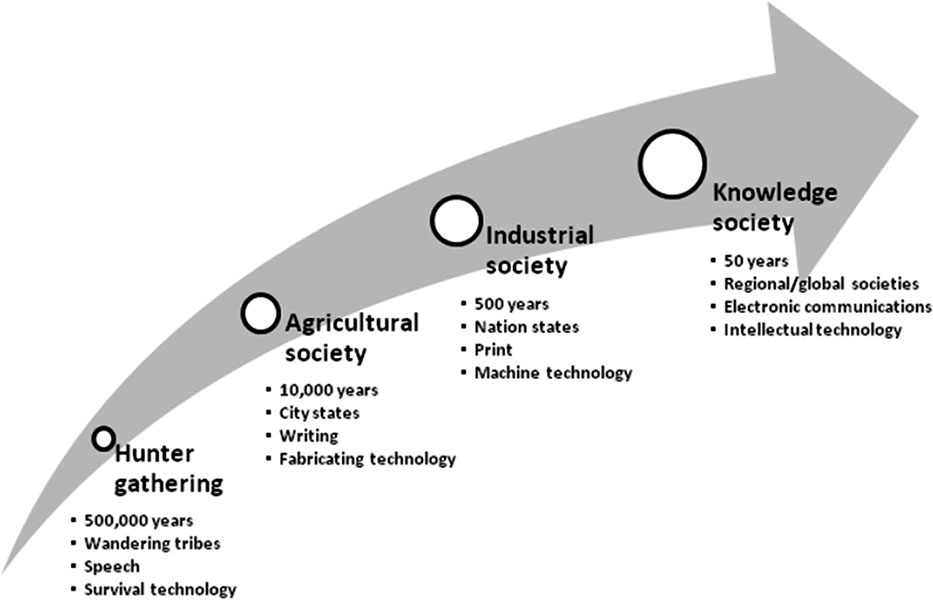The International Organization
Introduction
As I indicated in the Preface to this book, I have chosen to start by looking into the past to try and understand why we have reached a point where transfer pricing is such a powerful, fractious issue in those organizations engaged in internal international trade. The conflicts this activity creates are both internal and external requiring a broad understanding of the underlying reasons if we are to manage them effectively. So I have chosen, over just a few pages, to look at history to better understand the environment that breeds these disputes. Please bear with me and enjoy the story.
Records show that business- and commerce-related activities were being carried out 3,000–6,000 years ago. Indeed, the Περí πλους τή ς ’Eρυθρ άς Θαλ ά σσης (The Periplus of the Erythraean Sea) is believed to have been written in the 1st century A.D., is a Greco-Roman document describing navigation and trading opportunities between cities along the coast of the Red Sea and Northeast Africa as well as across what we now know as the Indian Ocean to the west coast of India.
At the same time, the Arabian nomads, using camel trains, traversed Asia looking to trade their spices for Chinese silk opening up what was to become known as the Silk Road. For a long time, international trade was limited to the exchange of goods like textiles, food items, spices, precious metals, precious stones, and objects of art across both land and sea. Yet, the intention of this trade was not limited to generating economic value but satisfying political and social ambitions as well.
Just as society has developed through the centuries (see Figure 1.1), we have come a long way since those earlier times. Nevertheless, until the late 19th century, most of the world’s working population was agricultural laborers who produced food and also knew how to fashion many tools and other necessities. What they could not produce for themselves, they bought in neighboring towns in exchange for their agricultural surplus and a few handicrafts. Long-distance trading was rare because the output of all products was low and transportation was slow, expensive, and dangerous.

Figure 1.1. Societal evolution.
A little more than 100 years later, with the development of organizations, the evolution of technology, and the impact of globalization, international trade had taken on a remarkably new dimension. These events, all outside of any one country’s control, have made it necessary for every country to engage in international trade for their economic and social survival. The journey from the Land of Punt1 to the World Trade Organization (WTO) has been a long one and at each step along the way, people have responded to the changing times in their own inimitable way.
